Alice Warnier
July 1, 2024
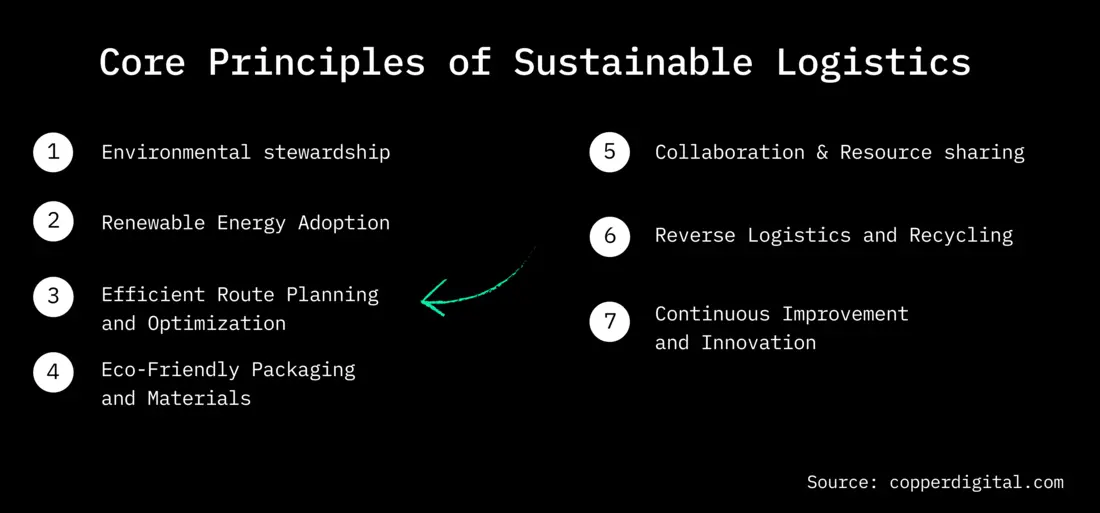
Sustainability has become a nonnegotiable in the modern industrial transportation and logistics industry. In addition to its positive impact on the environment, sustainability has real, long-lasting benefits for businesses too. With sustainable practices, businesses can reduce waste, save time, save resources and improve profitability overall.
Making industrial transportation and logistics more sustainable can be made much easier with the help of technology, such as delivery logistics platforms like Curri. Book a demo with Curri today to find out how it can help your business be more sustainable. In the meantime, read on to learn more about the benefits of eco-friendly industrial logistics and strategies you can implement.
Why sustainability equals ROI
When the topic of sustainability is broached, the first thought that may come to mind is additional costs. After all, won’t you need to implement new technologies and processes to achieve a more sustainable business? The answer isn’t so straightforward. While there are sometimes upfront costs associated with sustainable practices, the long-term benefits and cost savings make these expenses well worth it. Also, it’s not necessarily the case that sustainability always has to have big upfront costs. For instance, changing delivery routes to ensure the shortest route possible saves fuel costs and reduces wear and tear on vehicles. Implementing a platform like Curri helps you optimize routes quickly and efficiently.
Whether the investment is minimal or significant, the initial investment in green technologies has proven to be the best way to go. As the world moves toward sustainability, companies that are slow to evolve get left behind. They’ll be spending more on resources than companies that have made the change. In other words, sustainability ensures you stay competitive. Additionally, eco-friendly practices can lead to better relationships with customers and stakeholders who value sustainability, which helps to foster long-term business growth and relationships. It’s also worth noting that there are sometimes regulatory incentives for sustainable practices, such as tax breaks.
But more than that, sustainability equals ROI. These practices and technologies can optimize your industrial supply chain in a myriad of ways. From optimizing routes to saving fuel to predictive analytics for maintenance, implementing eco-friendly practices is becoming the norm, and for good reason.
Eco-friendly strategies in logistics
We now know the value of eco-friendly practices and how many companies have a notable return on investment after implementing these practices. But where do you start if you want to implement eco-friendly strategies of your own in your industrial transportation and logistics business?
Let’s go over some common strategies, including optimized routing, load consolidation, fuel efficiency, fleet right-sizing, delivery vehicle variety and eco-friendly driving practices.
Optimized routing
Optimized routing is one of the best strategies for sustainable logistics. Using advanced route planning software like Curri ensures your drivers can minimize travel distance, reduce fuel consumption and lower emissions. By taking into account various road and route factors, such as traffic congestion and delivery constraints, our platform can show your drivers the best route possible to make the delivery.
This also helps to improve delivery times and customer satisfaction. Plus, Curri takes things a step further with a nationwide network of dedicated delivery drivers to fill in the gaps in your fleet. If you need a specialty vehicle or if demand spikes, Curri can step in for full deliveries, final-mile deliveries and whatever else you might need. On top of all this, you’ll have access to a unified dashboard that gives you data and metrics on your fleet, allowing you to see how sustainability has improved over time. See our route planner page to learn more about this feature.
Load consolidation
Load consolidation is another effective strategy for improving sustainability. This strategy involves maximizing your vehicle utilization by combining multiple shipments into a single load. This helps reduce the number of trips needed for delivery and improves overall operational efficiency.
Load consolidation can also be improved through logistics software. Using technology, you can estimate the optimal capacity for your vehicles and determine the best routes for delivering multiple shipments. By optimizing load capacity, you can avoid overloading your vehicles while also ensuring they can deliver as many shipments as possible.
Fuel efficiency
Investing in fuel-efficient vehicles helps to immediately reduce your environmental impact and can result in significant cost-savings in the long run. Fuel-efficient vehicles tend to be more reliable and, of course, they use much less gas than non-hybrid and non-electric vehicles. They also emit fewer emissions and pollutants.
It’s also important to invest in regular maintenance for any current vehicles in your fleet, whether they’re fuel-efficient or not. Ensuring your vehicles are in top working order also helps to reduce emissions and prevents more costly repairs and breakdowns in the future.
Curri can also help with fuel efficiency by filling in the gaps for final-mile and hotshot deliveries. Instead of adding another route to your drivers’ schedules, Curri can simply make that quick last-mile delivery with the perfect vehicle for the job. This allows your drivers to stay on their optimal routes and lets you get those last-minute deliveries in that make your customers happy.
Fleet right-sizing
Fleet right-sizing is a strategy that looks at your current fleet and determines if it meets your operational needs. If you have an oversized fleet, the cost of maintaining the excess vehicles can become unsustainable and costly. You may have too many vehicles, or you may have specialty vehicles that rarely get used. If this is the case, you can downsize to a more manageable fleet size that doesn’t cost more than it needs to.
Fleet managers may hold on to these oversized fleets in case of demand spikes or if those specialty vehicles are eventually needed for a job. However, that’s where a flexible fleet like Curri can step in. Rather than paying the insurance and maintenance cost on vehicles that are typically on standby, you can simply have a flexible fleet step in when need be.
Diverse delivery vehicle variety
Building off the fleet right-sizing strategy, it can be helpful to have a diverse fleet with vehicle variety too. This means having enough vehicles to do the job, but also having vehicles like hybrid and electric vehicles or smaller, more fuel-efficient vehicles for smaller deliveries. For instance, it’s not sustainable or cost-efficient if every small delivery is made using a huge truck. Having the right vehicles for the right tasks can significantly improve sustainability and save money in the long run.
Eco-friendly driving practices
Optimizing your routes and your fleet are some of the best things you can do to improve sustainability, but your drivers can help too. Training drivers in eco-friendly driving practices can help reduce fuel consumption, emissions and maintenance costs. Techniques such as smooth acceleration, maintaining consistent speeds and minimizing idling can all add up to big cost and emissions savings over time, especially when you have a large fleet.
It’s also good to ensure your drivers are trained in basic maintenance checks, so they can report if there are any issues with a vehicle as soon as possible. Most importantly, in addition to improving sustainability and costs, eco-friendly driving practices can also help improve driver safety.
Efficient operations reduce environmental impact
Implementing sustainable and efficient operational practices is a win-win scenario for businesses. Not only do these practices improve delivery times and reduce costs, but they also help minimize waste and lower a company’s overall environmental footprint.
Eco-friendly technologies are becoming more advanced and affordable, making it feasible for businesses of all sizes to adopt sustainable practices. This democratization of green solutions means that even smaller companies can reap the benefits of improved efficiency and cost savings while contributing positively to the environment.
Now that you have the top eco-friendly logistics strategies in hand, the next step is to implement and iterate on these practices. Taking a continuous and iterative approach to sustainability ensures your company is always prepared for the future, and that you continue to improve your environmental impact and overall operational efficiency over time. If you’re ready to tap into the power of delivery logistics technology, Curri is here to help.
Get to know Curri
Curri is an advanced, sustainable logistics platform tailored to construction and industrial supplies distributors. With Curri, you get access to numerous features such as route optimization, a nationwide flexible fleet network and much more, all designed to optimize your delivery logistics operations. In short, Curri can help you save time, money and make your business more sustainable, all in one intuitive platform.
Discover how Curri can help you achieve your sustainability goals and transform your logistics operations for a greener future. Book your demo today!










-min-min-min.png)
.png)
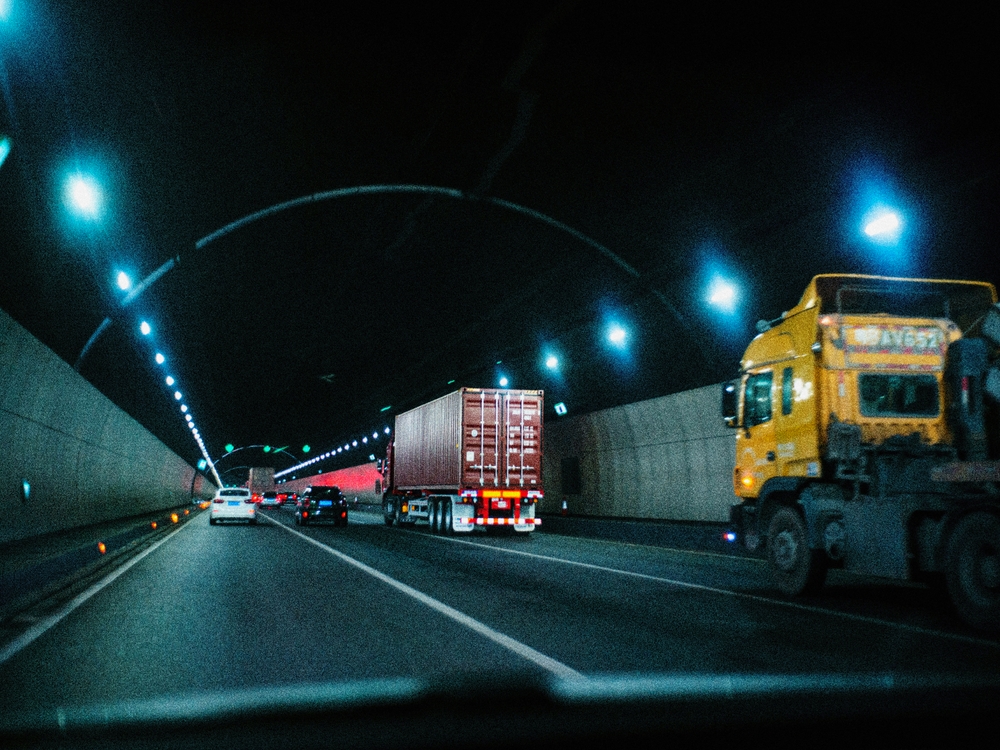
.jpeg)
-min.jpeg)
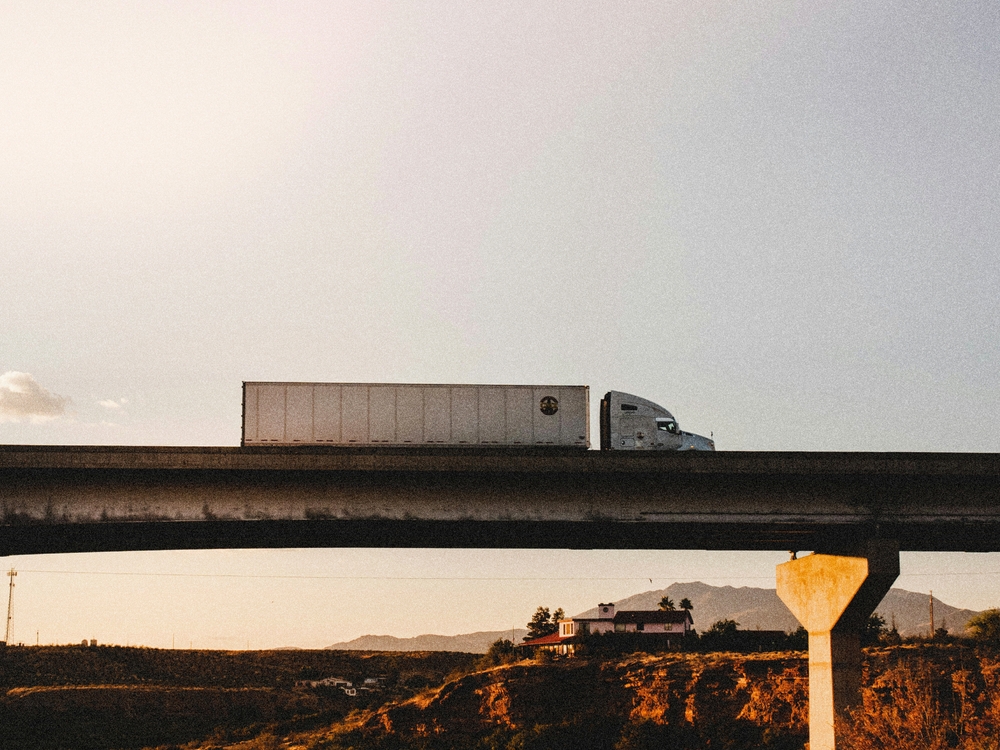

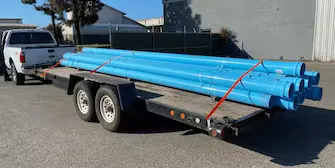
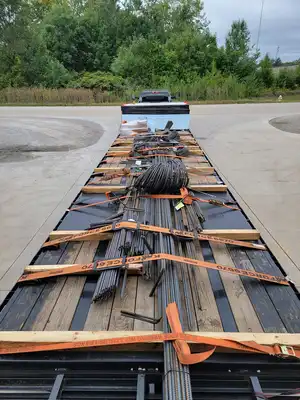


-min.webp)
.webp)

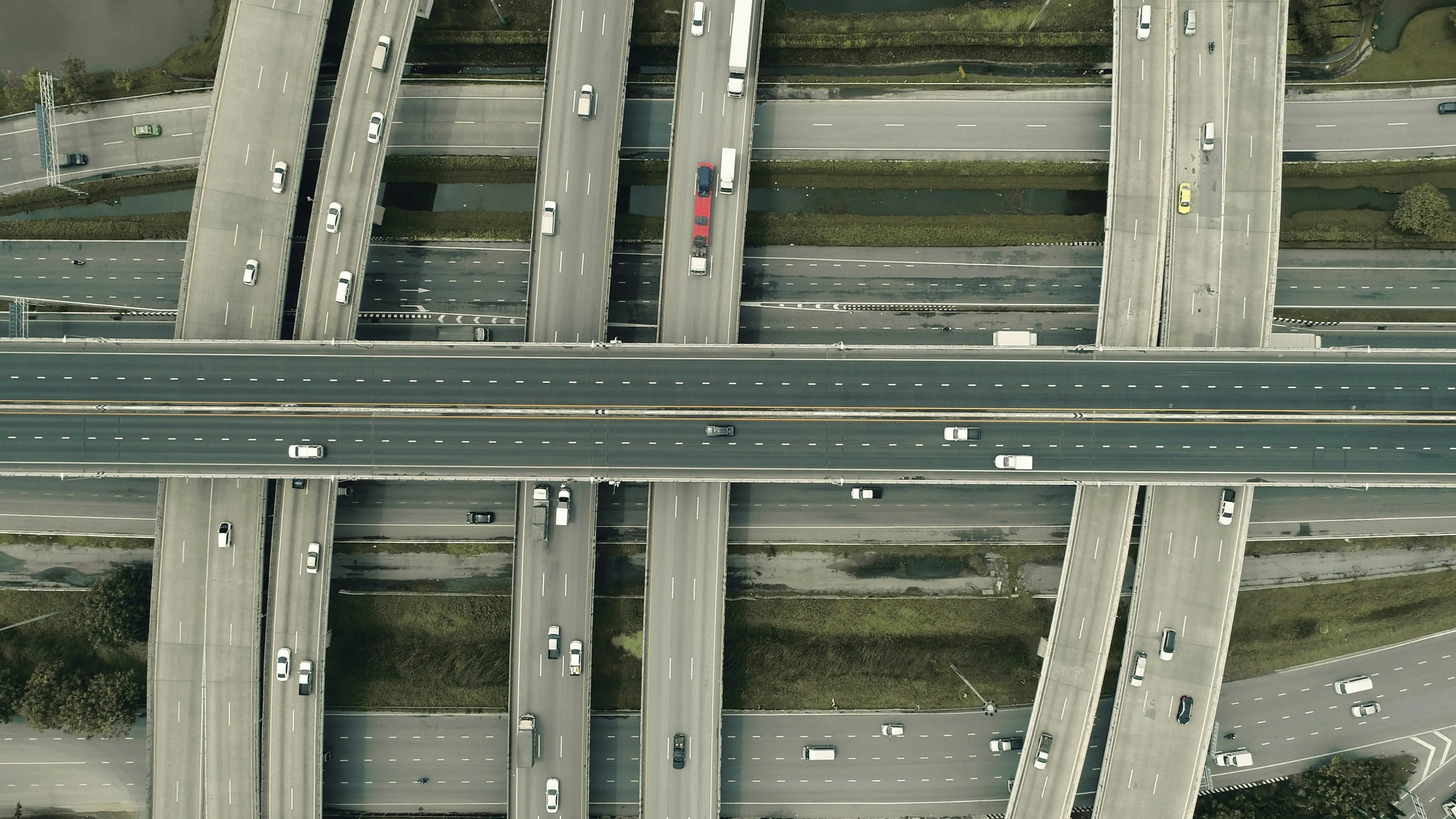

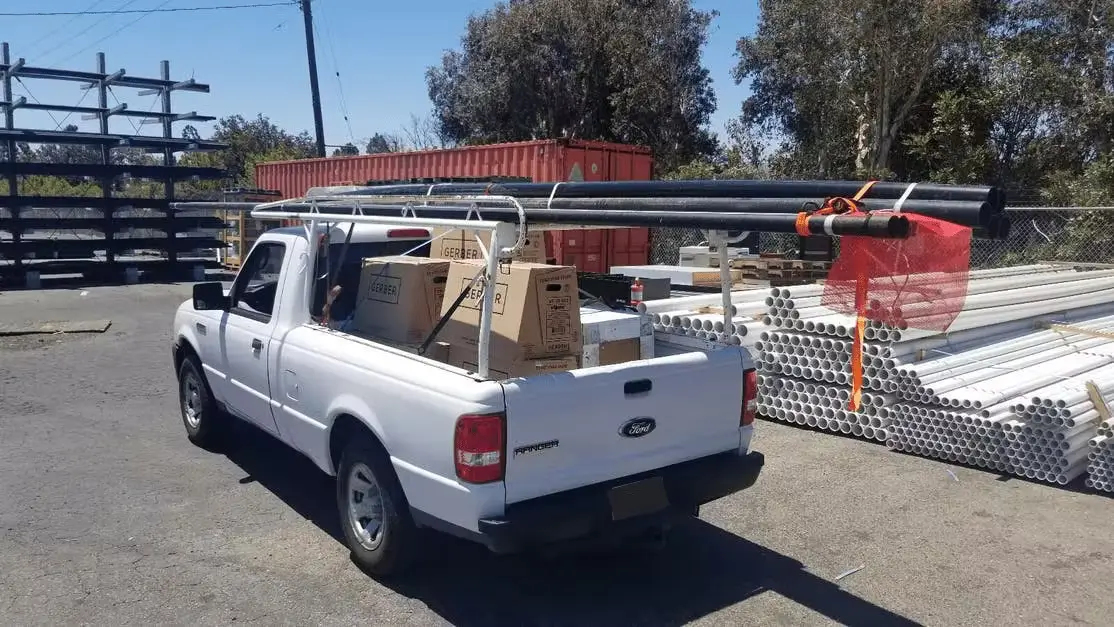

.webp)

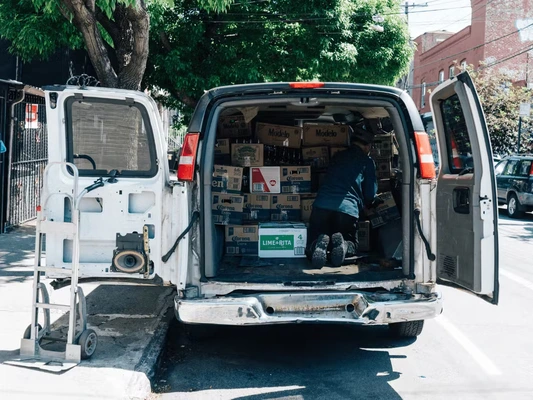

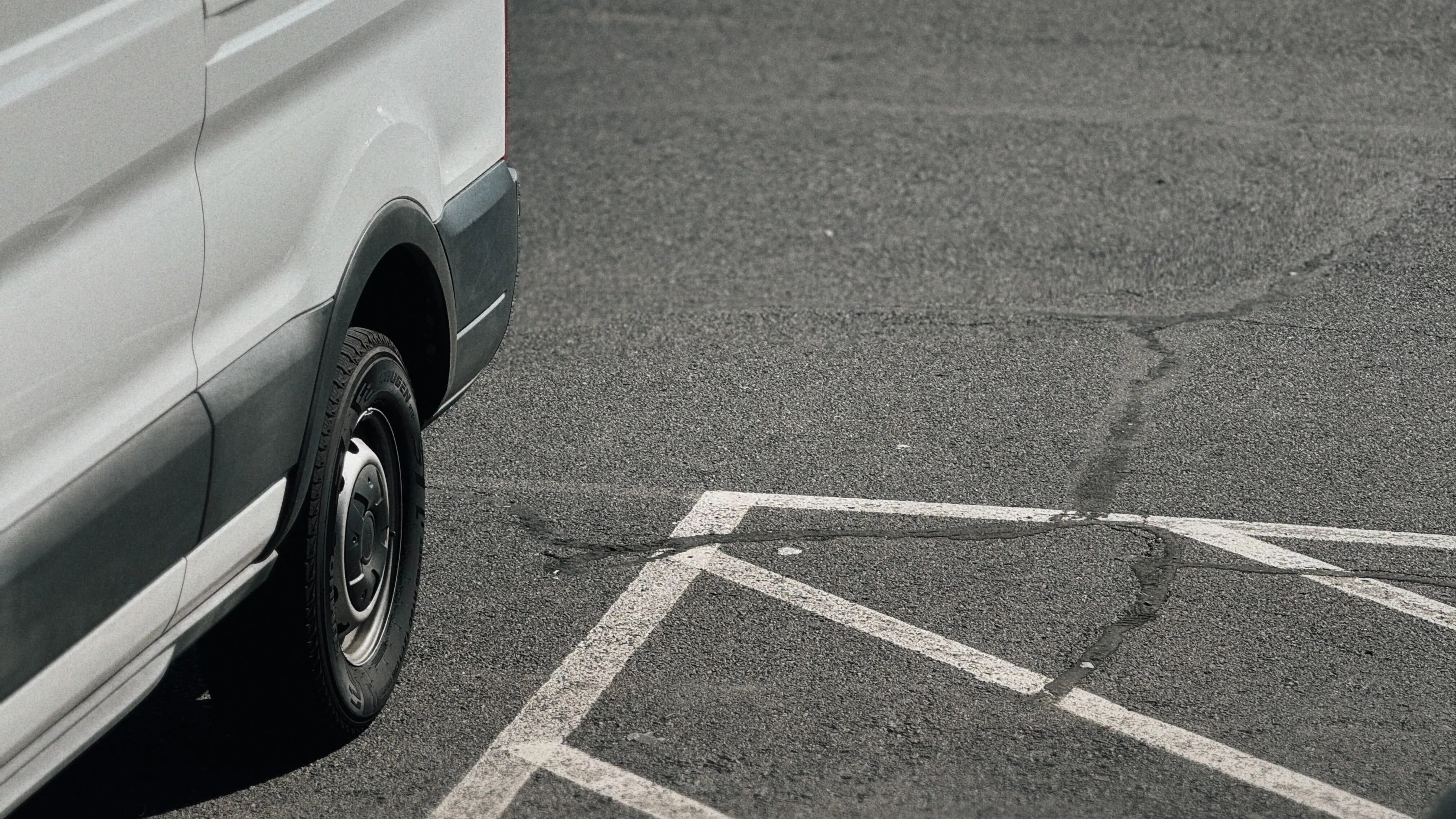
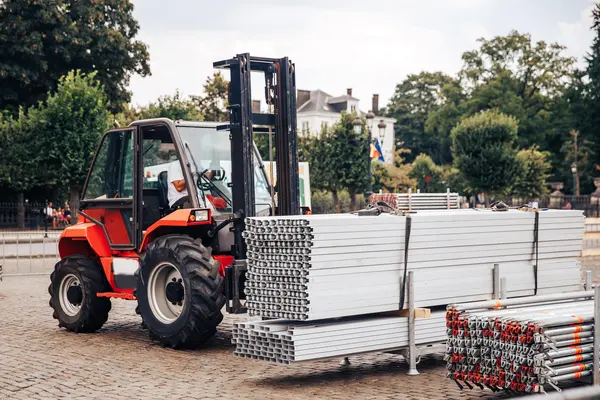
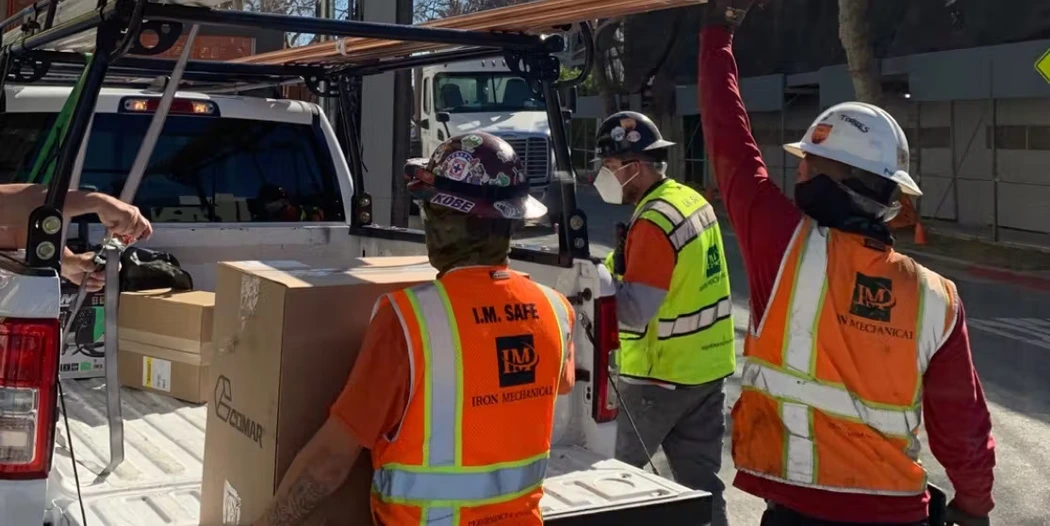
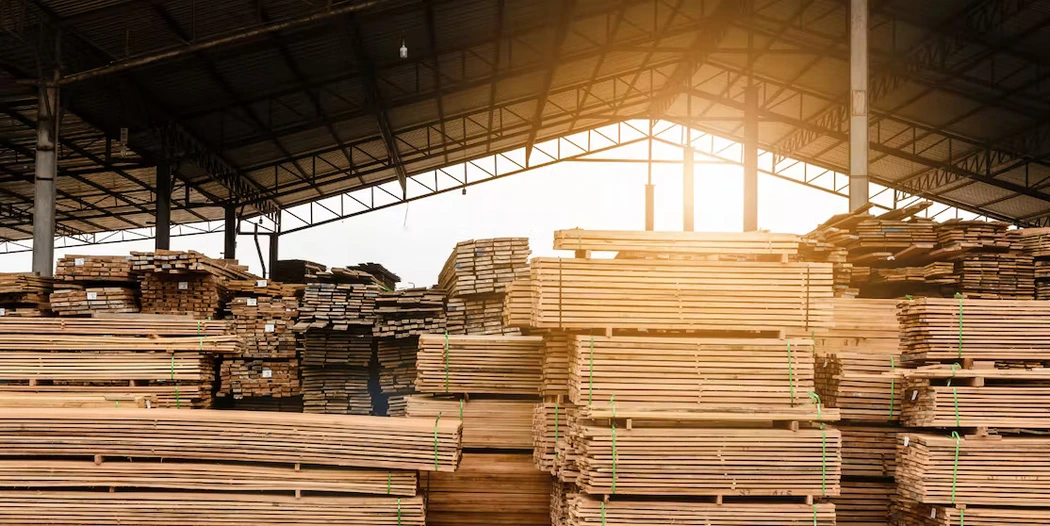




.webp)
-min.webp)


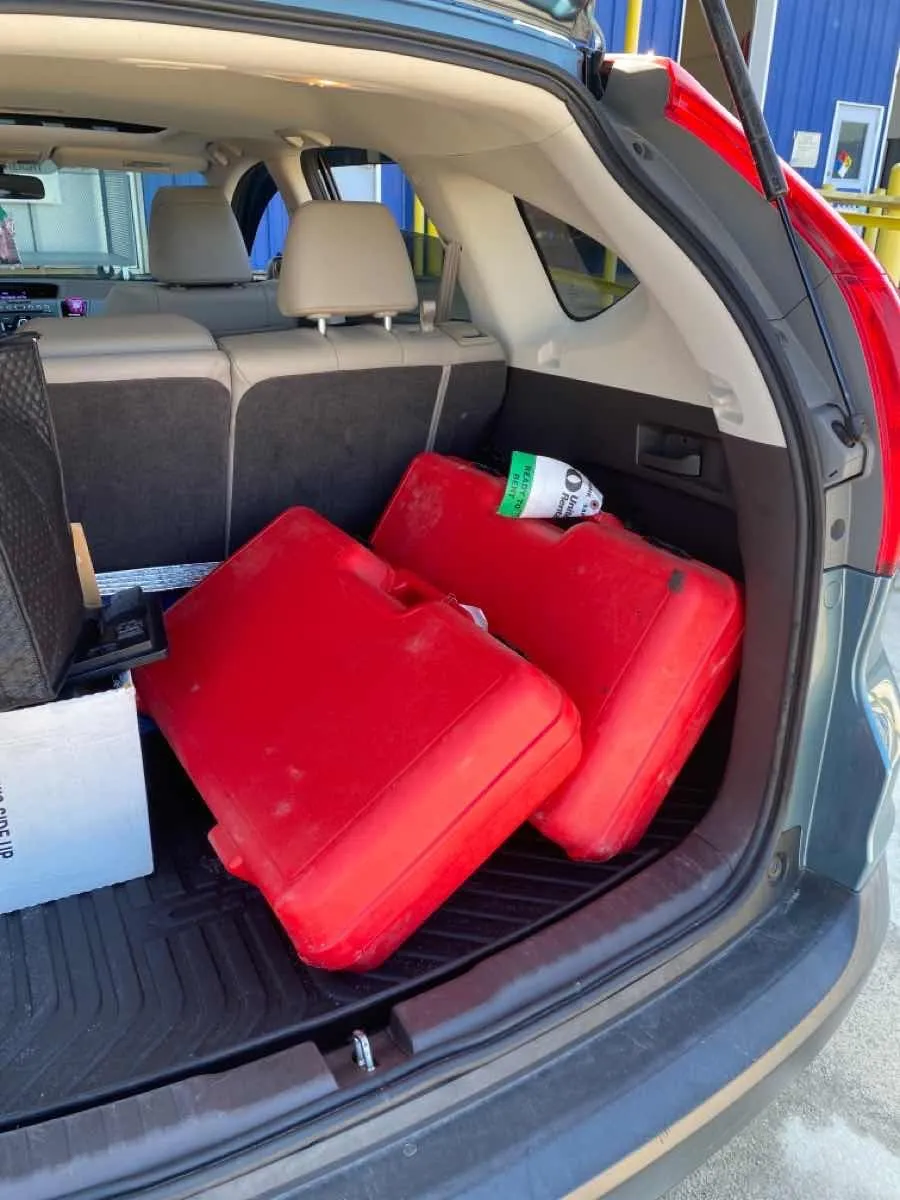
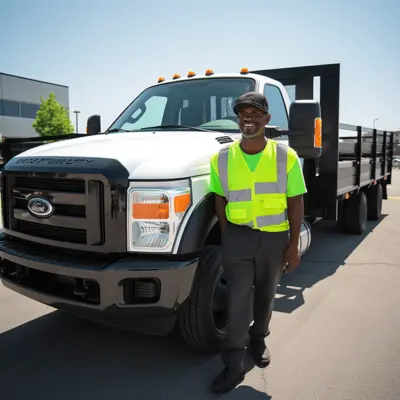
-min%2520(1).webp)

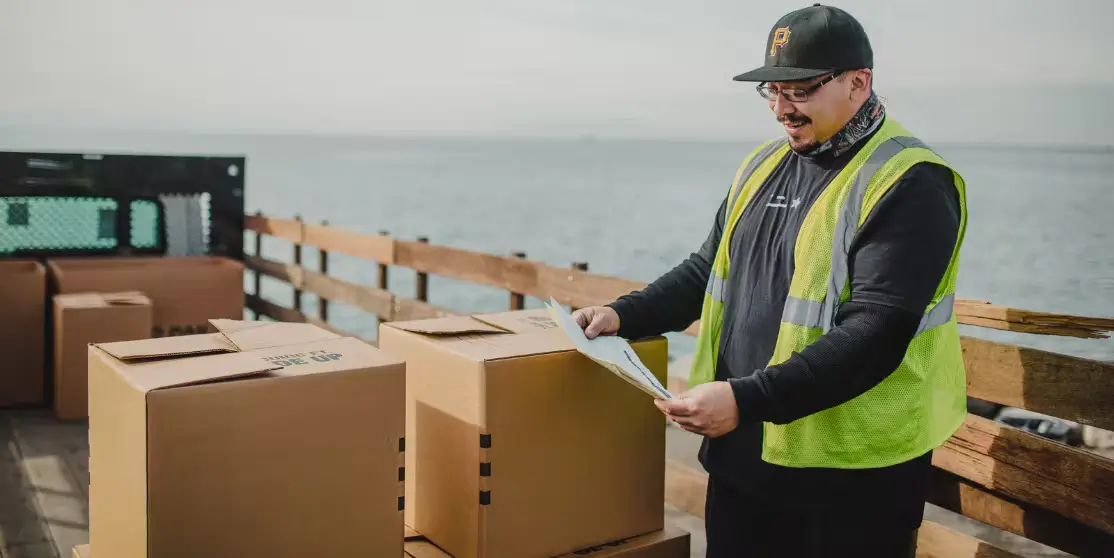

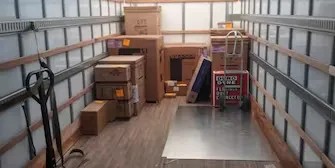

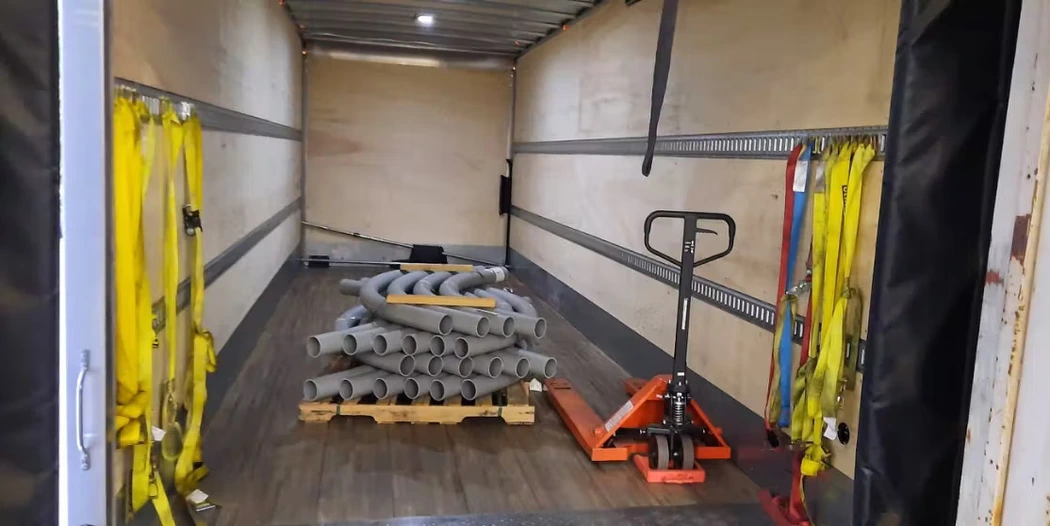
.webp)
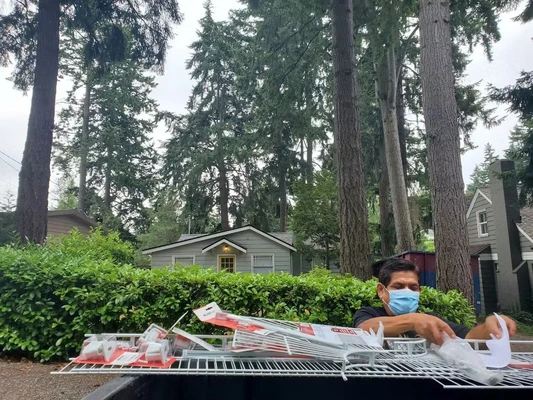



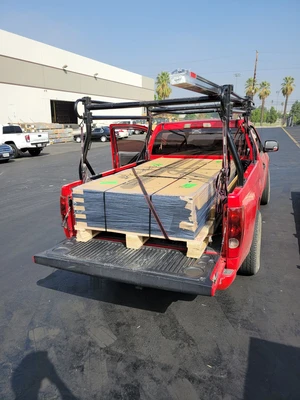
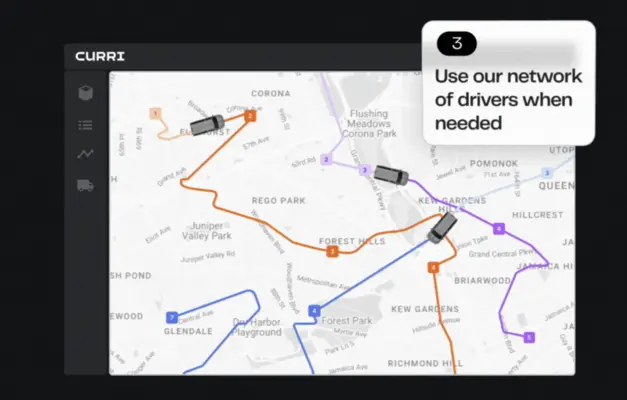


-min.webp)





.webp)
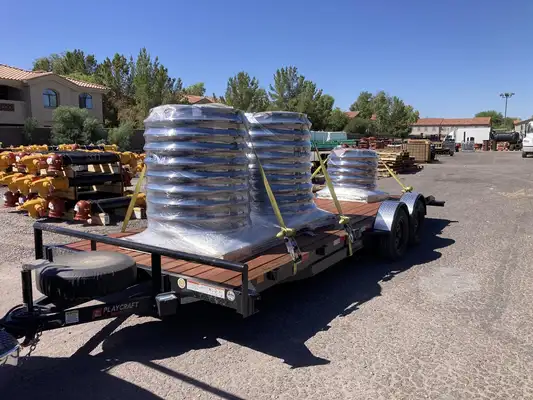
.webp)


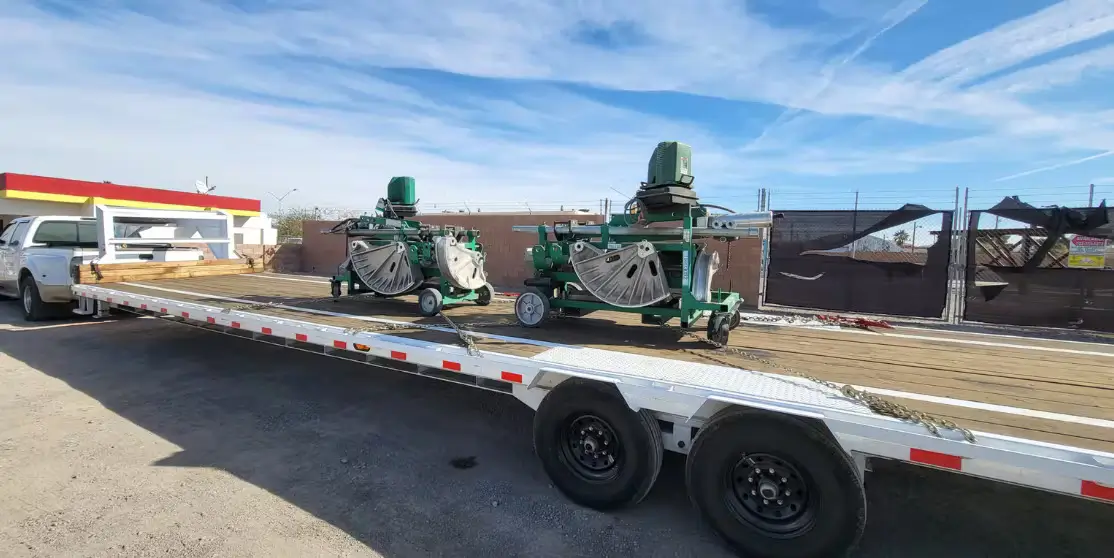
-min.webp)



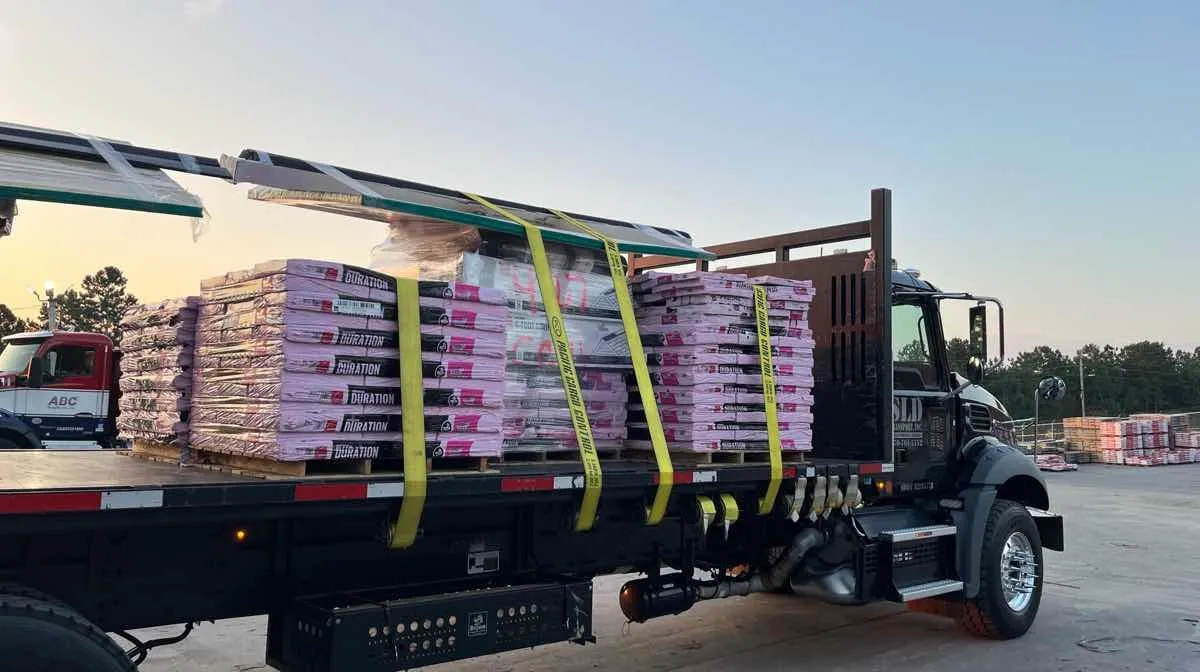
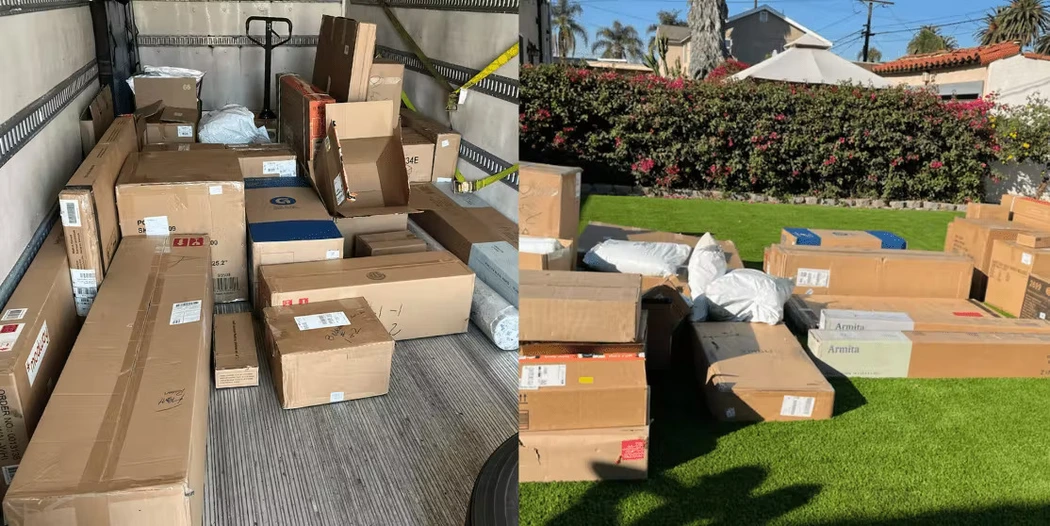
-min.webp)

.webp)
-min.webp)



.webp)

.webp)
.webp)
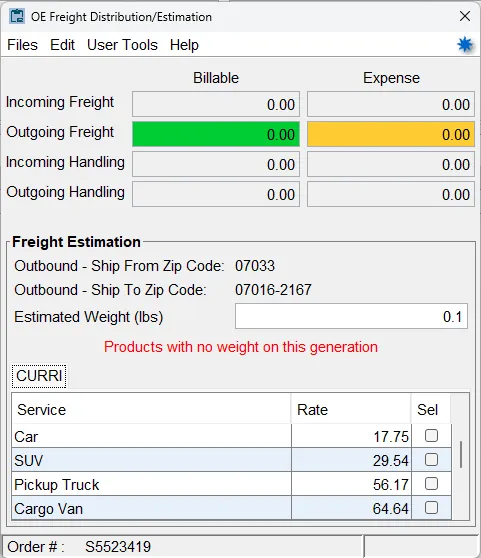
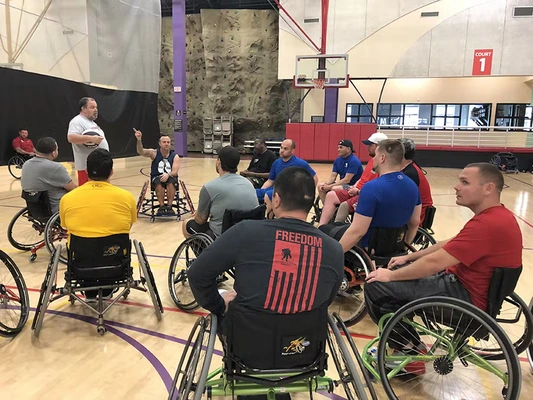
.webp)




-min.webp)

.webp)
.webp)
-min.webp)